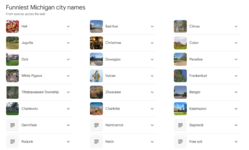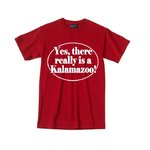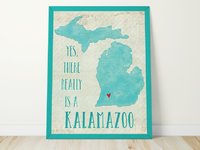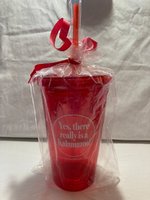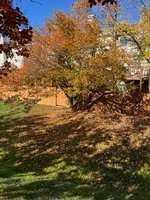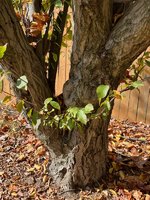Owlman
Seedling
Hi Everyone,
New to the forum but I've been practicing bonsai for a little over a decade. I'm mostly interested in native US deciduous species but dabble in some coniferous trees as well as some Japanese maples (cuz they're so darn pretty). Been searching for beni chidori for years with no luck but I still have hope I'll find one eventually.
Beech, hornbeam and ironwood are my jam. Looking forward to meeting people and learning from the knowledgeable people here!
Eric
New to the forum but I've been practicing bonsai for a little over a decade. I'm mostly interested in native US deciduous species but dabble in some coniferous trees as well as some Japanese maples (cuz they're so darn pretty). Been searching for beni chidori for years with no luck but I still have hope I'll find one eventually.
Beech, hornbeam and ironwood are my jam. Looking forward to meeting people and learning from the knowledgeable people here!
Eric

